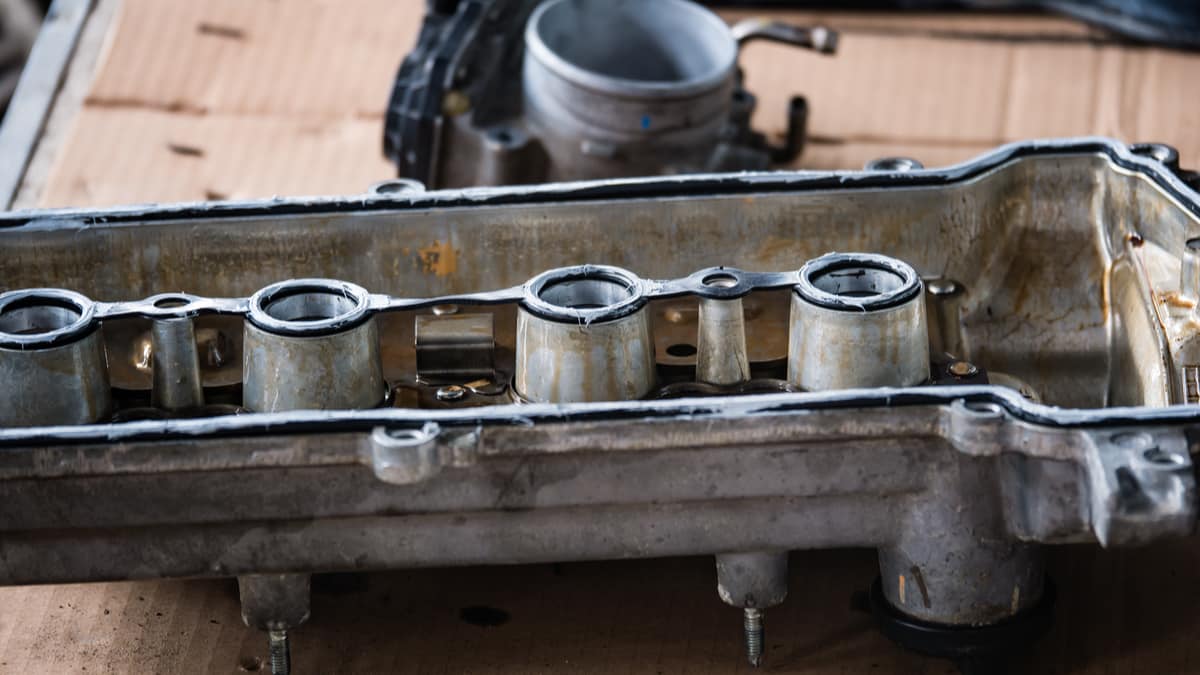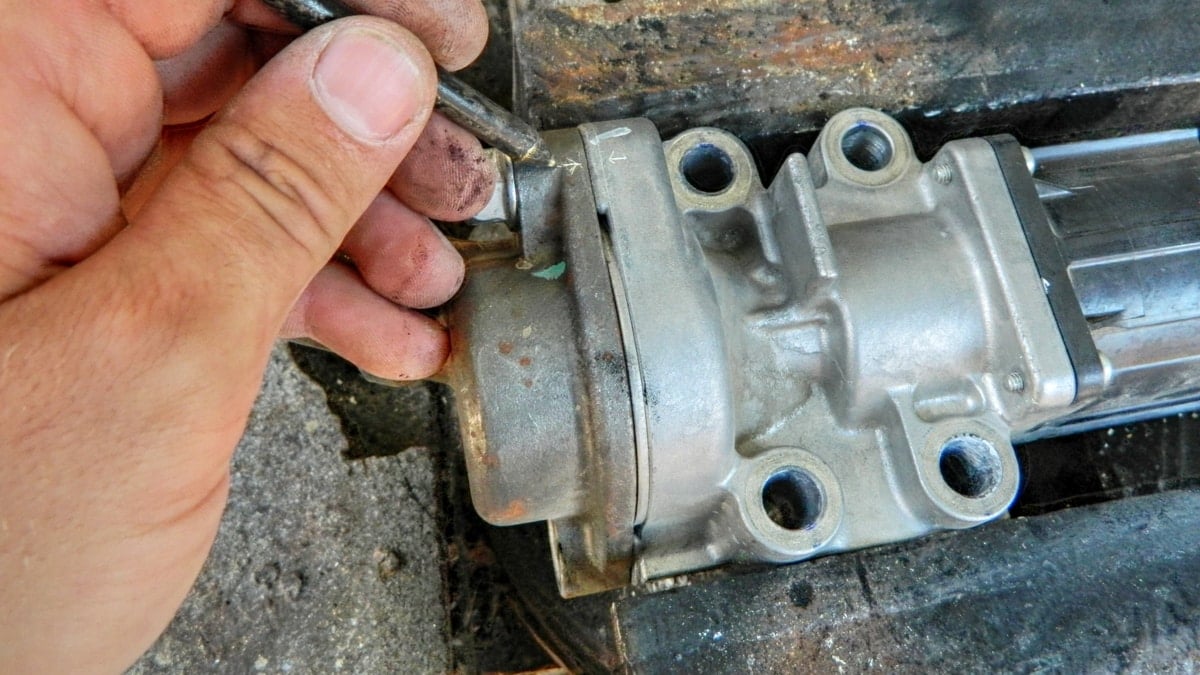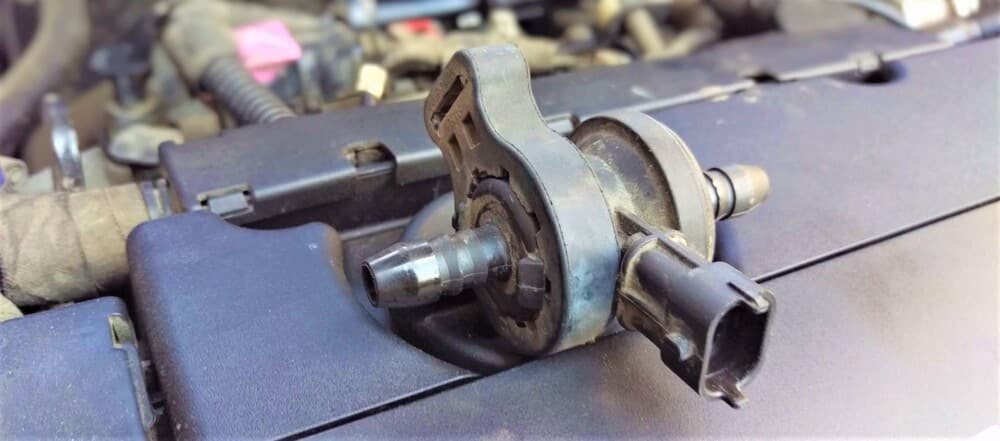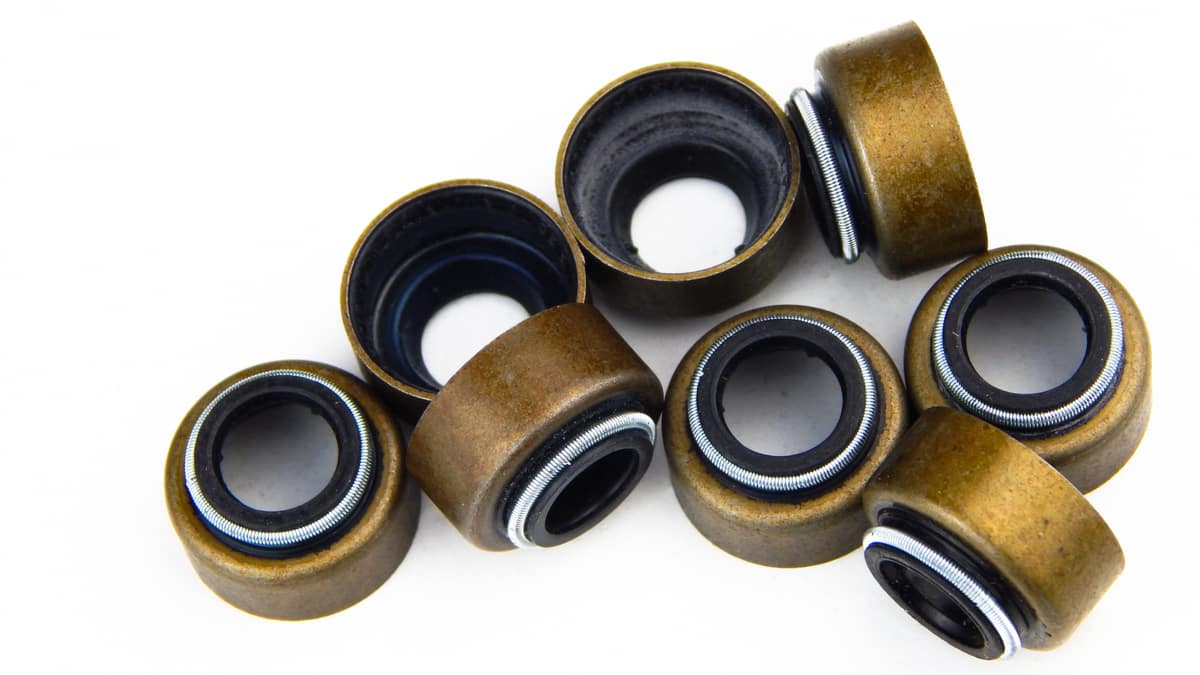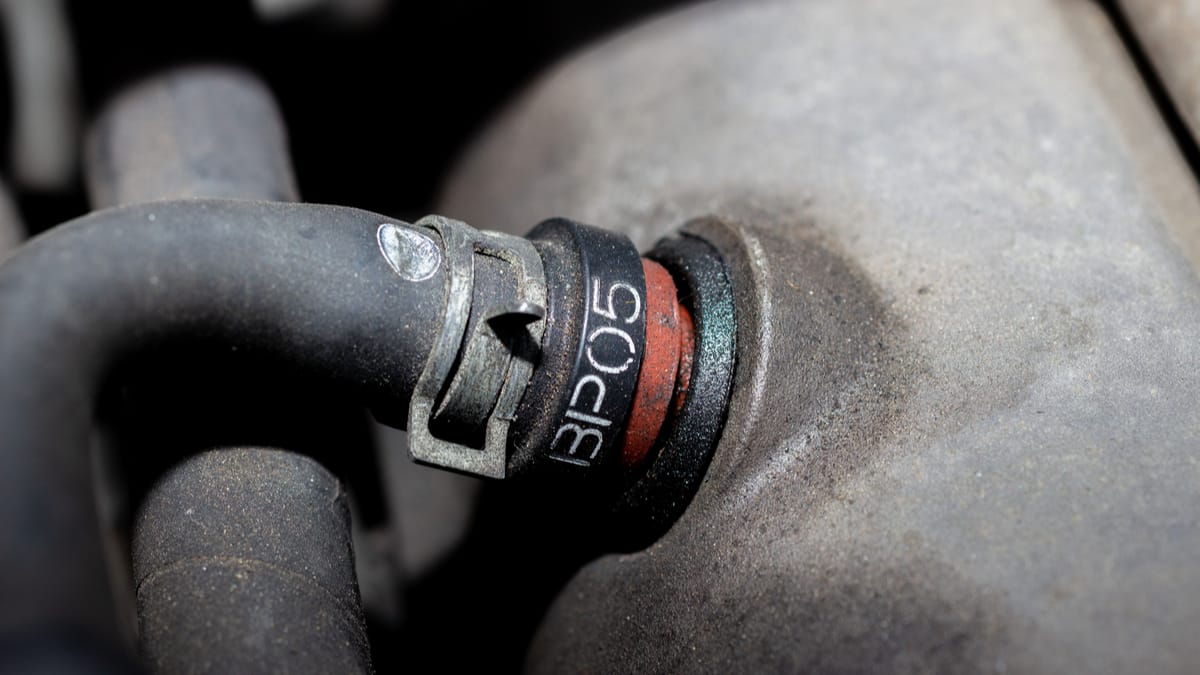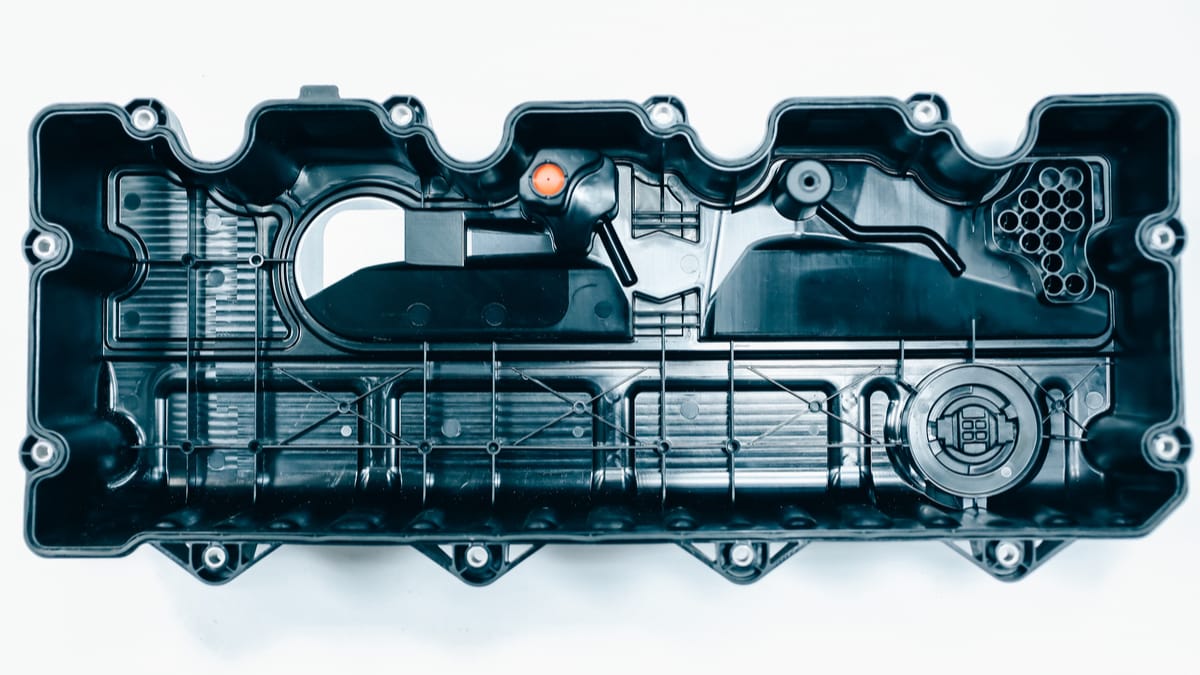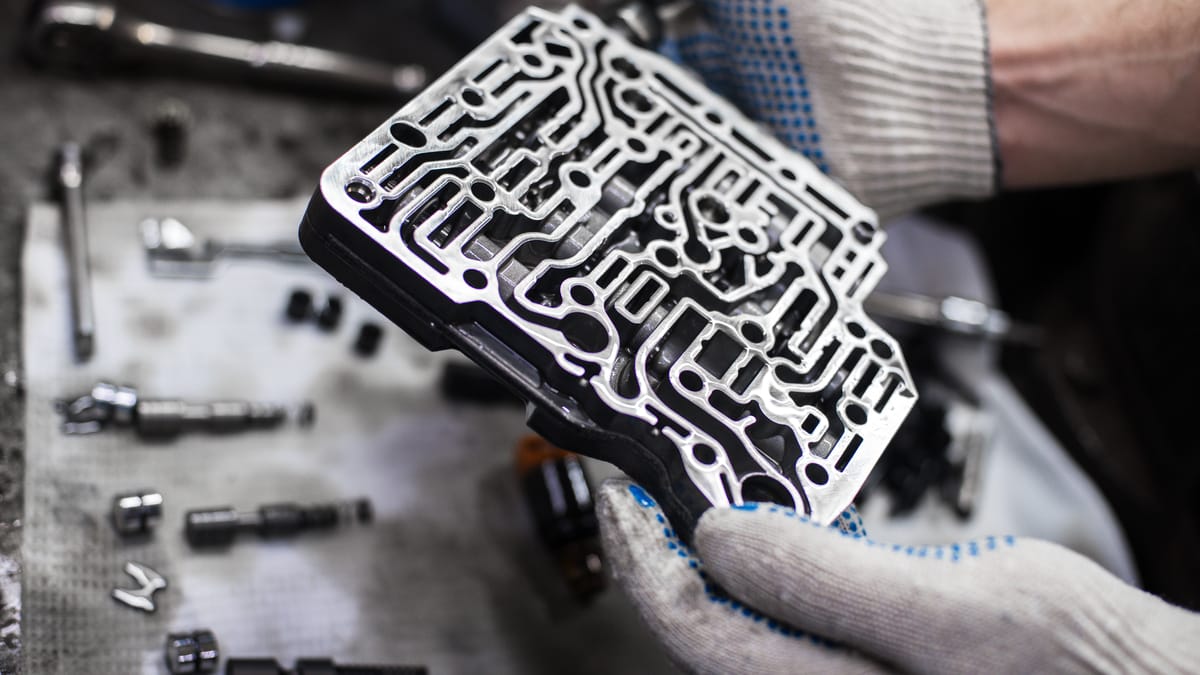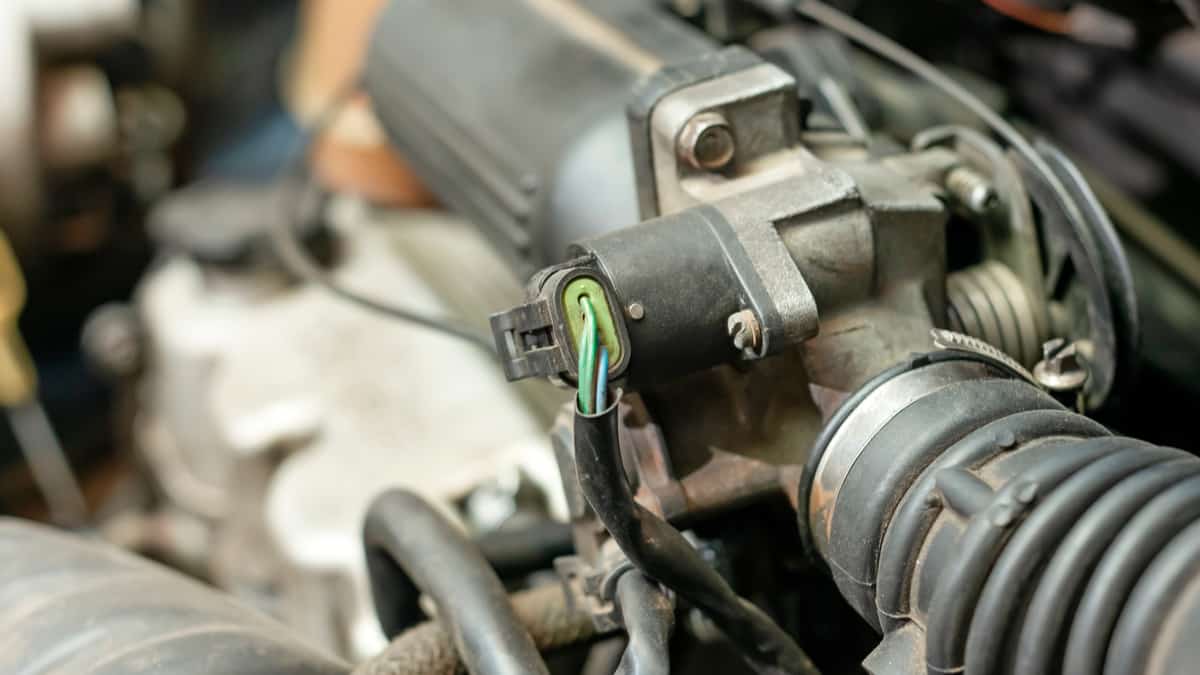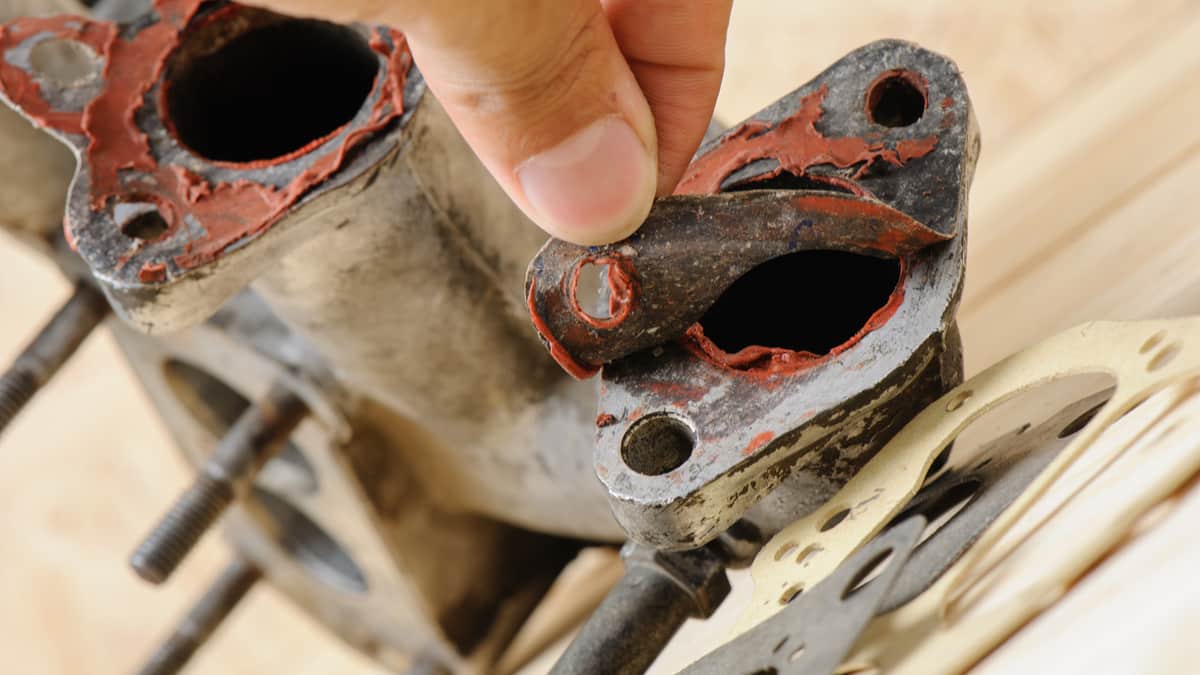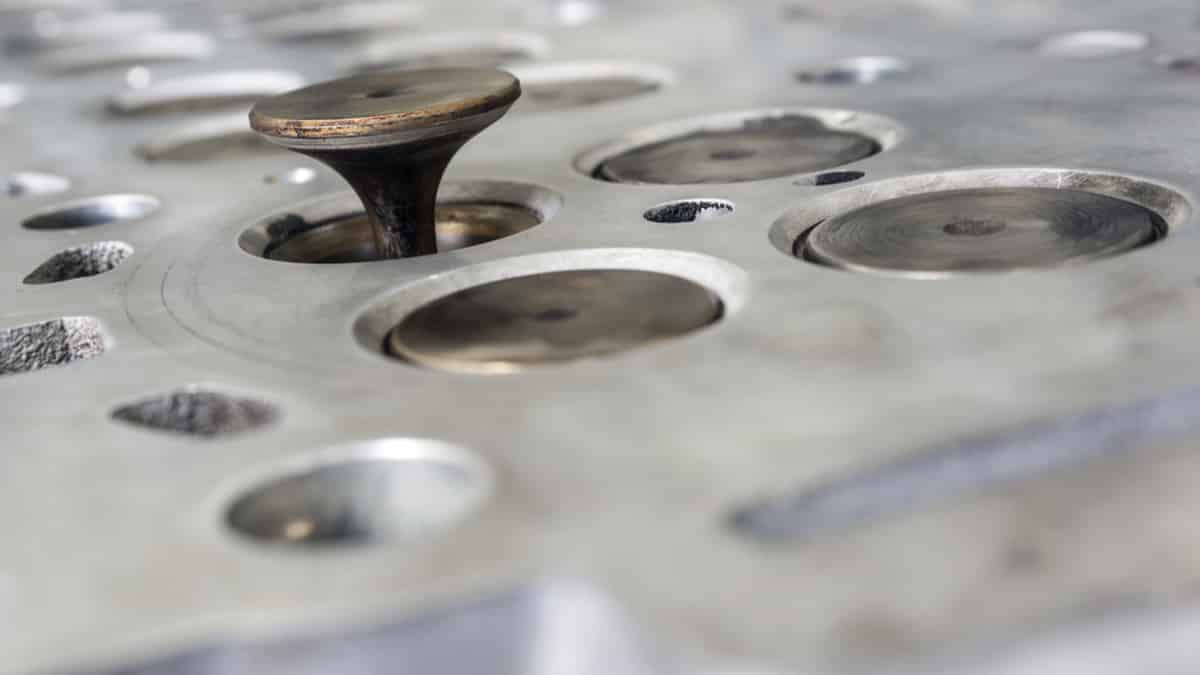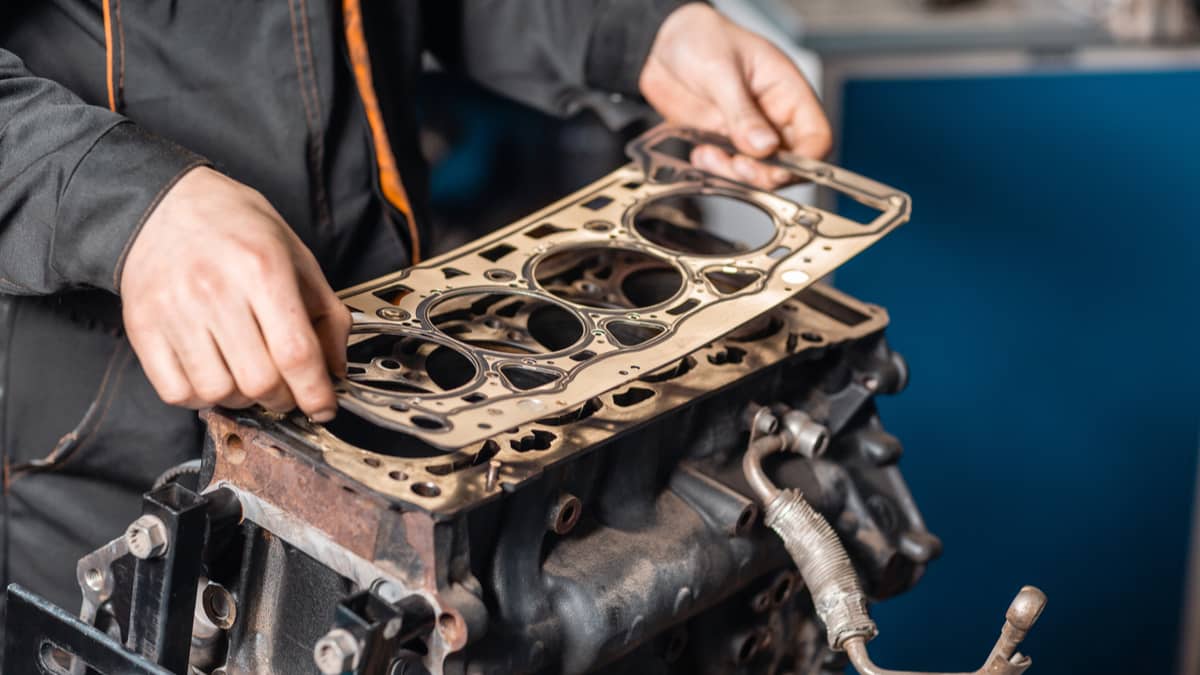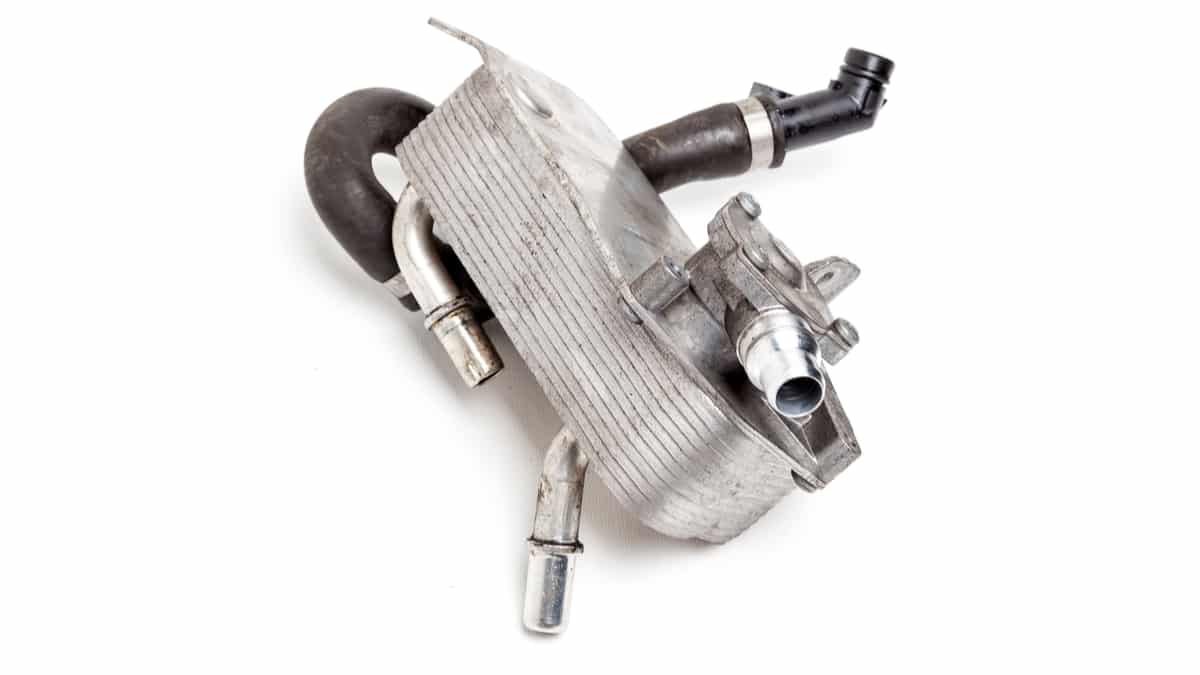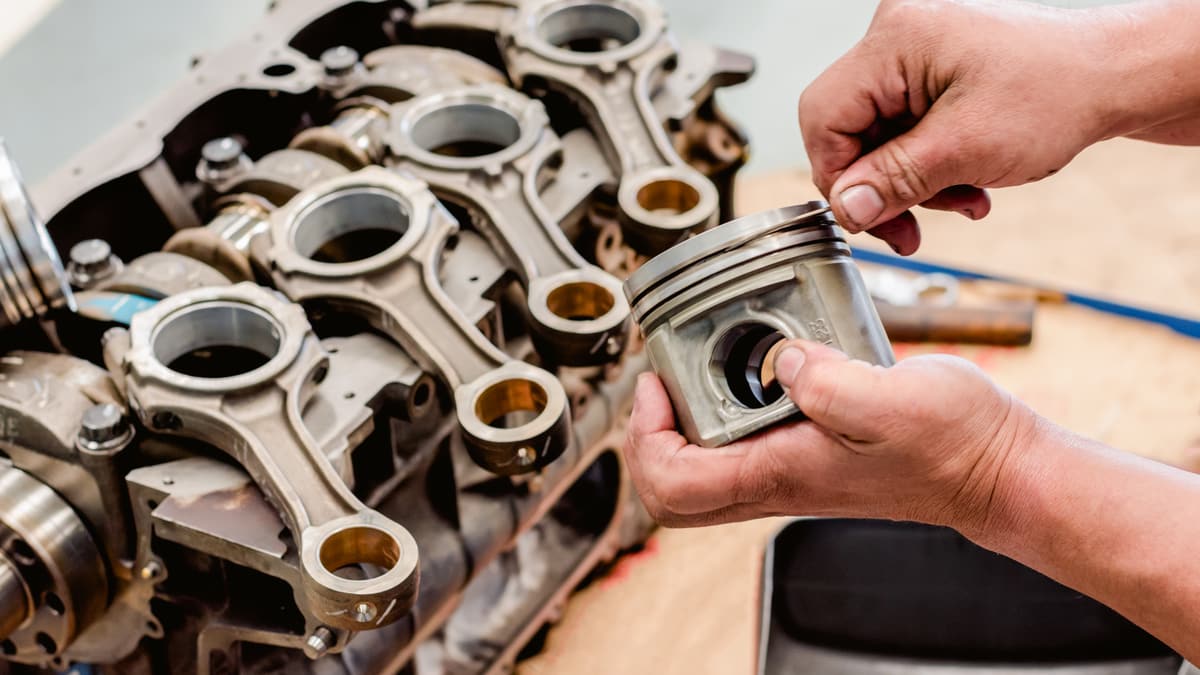Gaskets are made to keep fluids in place and the parts working properly, with one of the most important being the valve cover gasket. The valve cover gasket helps to seal the valve cover and protect the engine.
When this part fails, the engine is at risk of significant damage due to oil leakage and poor performance.
In this guide, I will look at the signs of a bad valve cover gasket. I also look at its function, location, and how much it costs to replace it. Let’s begin with a quick look at the signs to look for.
Symptoms Of A Bad or Leaking Valve Cover Gasket
The most common symptoms of a bad valve cover gasket are external oil leaks and a low engine oil level when you check the dipstick. You may also notice a burning smell after acceleration. In some cars, it can also result in a misfiring engine or a check engine light.
Here is a more detailed list of the signs of a bad or leaking valve cover gasket to look for:
1. Oil Leaks
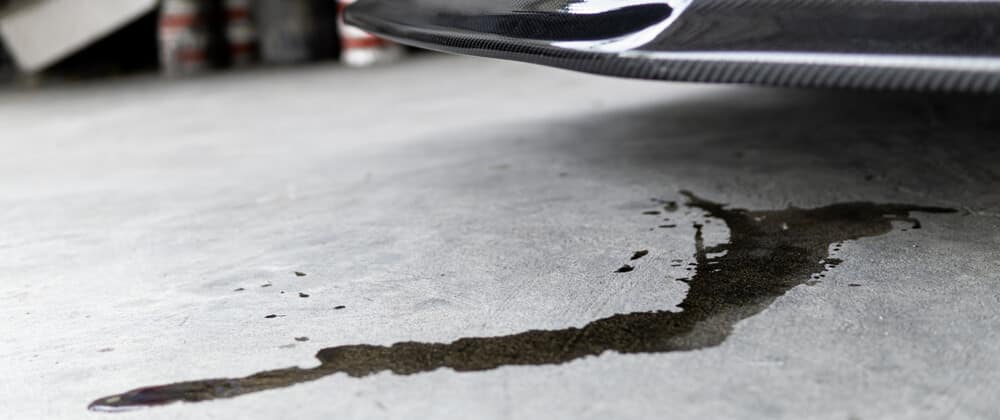
Whenever you see oil leaking out under your vehicle, it’s alarming. However, oil leaks are caused by many issues, so it’s not necessarily a tell-tale sign of a failed valve cover gasket alone.
Still, if you notice oil leaking from the valve cover area, you can assume that the gasket has gone bad. Inspect the area around the gasket to see if any oil is seeping out.
Initially, the oil leakage will be minimal, getting worse as time goes on. After some time, it could even coat the valve cover surface, causing a thick layer of dirt to also accumulate on the valve cover.
If you allow the oil to continue leaking, you risk more extensive engine repairs down the road. Plus, this symptom puts additional wear on the belts and hoses, as the oil softens the rubber on the belts and hoses, eventually causing premature failure..
2. Low Oil
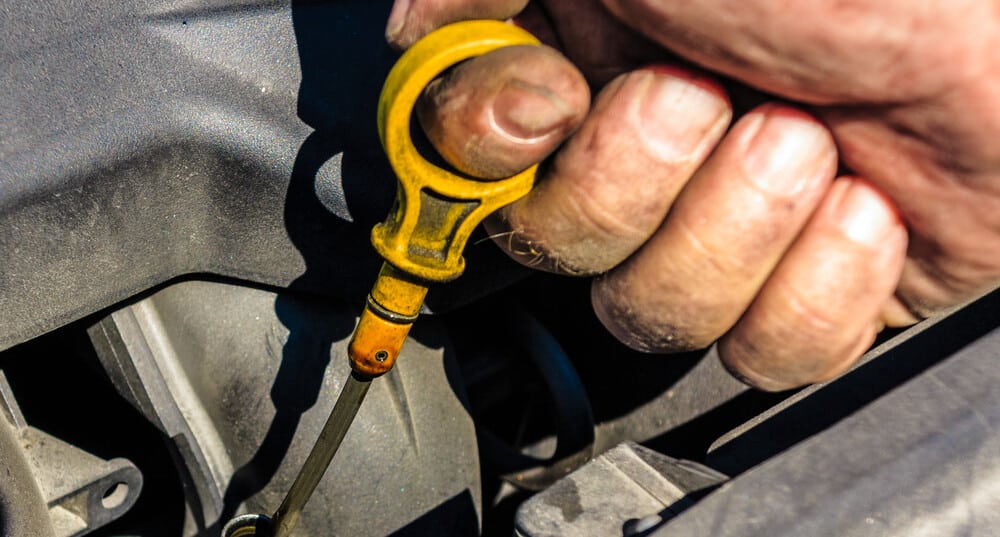
It’s vital to check your engine’s oil levels regularly. When the oil gets too low, it’s often a sign of a problem, especially when it occurs frequently.
The engine operates as a sealed system, so oil shouldn’t be disappearing unless something is wrong. Start by checking the valve cover for signs of leaking.
While you wait for a valve cover gasket repair, make sure you keep topping off the oil. Running the engine without the proper amount of lubrication can cause the engine to cease and fail.
3. Burning Smell

The smell of burning oil should always cause alarm. As the oil leaks out of the valve cover, it can easily drip onto your car’s hot engine and exhaust. What you are left with is the undeniable smell of burning oil.
This odor becomes overpowering when you pop the hood, even if you can’t see the oil burning. Whenever you smell burning oil, you should assume that there is a risk of a car fire and stop driving immediately.
RELATED: 7 Causes Why Car Smell Like Burning Rubber After Driving
4. Misfiring Engine
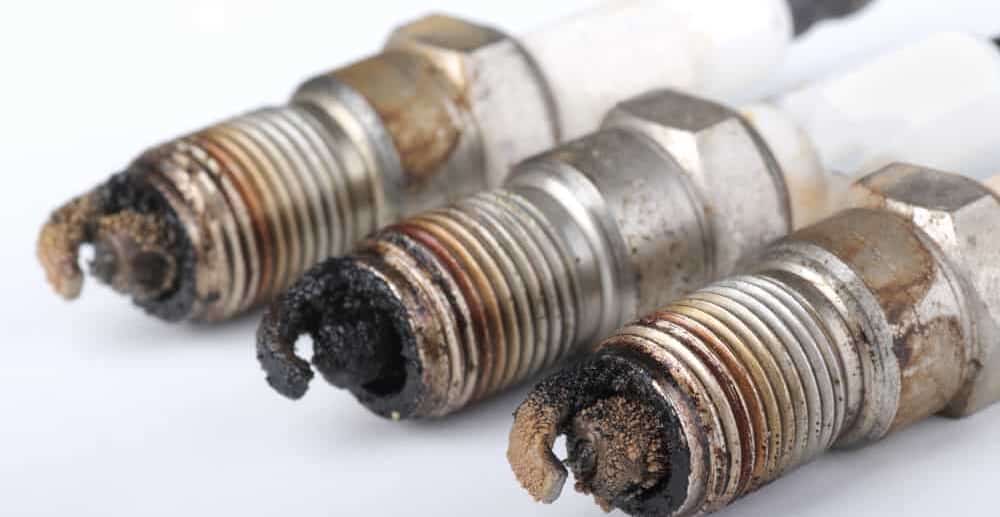
When the car engine misfires, there are many causes that contribute to poor performance. One of the most common reasons for misfiring is a defective spark plug or issue in the fuel system. However, you shouldn’t overlook the possibility of a bad valve cover gasket.
The valve cover sits above the spark plugs. When the gasket fails and allows oil to leak onto the car’s spark plugs, fluid can get into the openings. As oil builds up, the spark plugs cannot work properly and foul out.
This causes the spark plug to fail, reducing the ignition of the air and fuel mixture. What you are left with is a misfiring engine that creates a rough ride. It can also lead to an engine fire when not dealt with immediately.
RELATED: 6 Causes of Engine Oil on Spark Plugs
5. Dashboard Indicator Lights
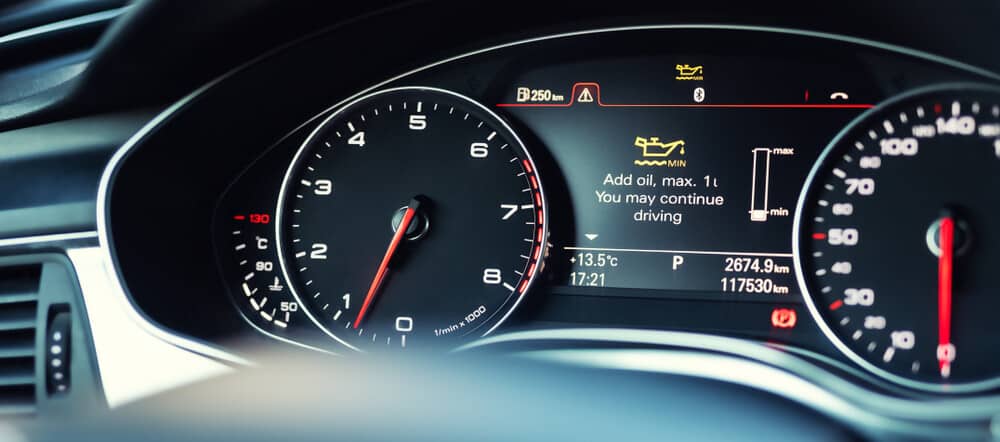
Some people rely on the dashboard warnings to tell them when something is wrong. If you haven’t been checking the oil, this might be your first indication of a problem.
The Oil Warning Light might alert you to low pressure or a lack of lubrication in the engine. You might also see the Check Engine Light when there is a valve cover gasket defect. Either one of these indicators is telling you that there is a critical issue that should be addressed immediately.
Valve Cover Gasket Function

The engine’s valve cover is designed to protect the components of your car’s motor. Not only does it keep the elements out of the engine, but it prevents damage to the expensive machinery, too.
The valve cover is sealed with the help of the valve cover gasket. While it is only a thin strip of rubber placed between the valve cover and the engine, the gasket has a significant role. Without it, oil can seep out of the system, leading to engine damage.
Over time, this gasket becomes brittle and cracks. This can be caused by old age or just from the excessive heat in the engine.
RELATED: 5 Symptoms of a Bad Valve Cover
Valve Cover Gasket Location
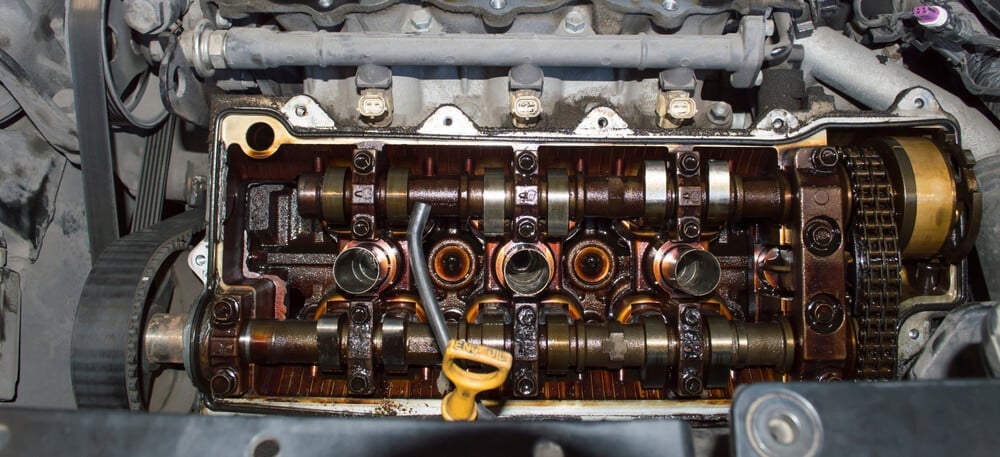
The valve cover gasket is located between the motor and the valve cover. You will find the valve cover sitting on top of the motor. It’s the hard cover protecting the valves and engine components.
The gasket is used to create a tight seal between the engine and the valve cover. Often, this part fails due to old age and requires replacement. To replace the valve cover gasket, you must remove the valve cover as well.
Valve Cover Gasket Replacement Cost
Expect the valve cover gasket replacement cost to be between $90 and $400, depending on what type of vehicle you drive. You will find new valve cover gaskets for $40 to $50, with the majority of the cost spent on labor. To replace the valve cover gasket, labor could be $50 to $350.
Thankfully, it’s often just the gasket that needs to be replaced and not the valve cover. However, if this part also needs to be replaced, it can be done with minimal effort at the same time you swap out the gasket, since both parts are removed at the same time. The only additional charge would be for the valve cover itself.
Categories: Engine
